Cause of death Heart attack Name William Castle | Role Film director | |
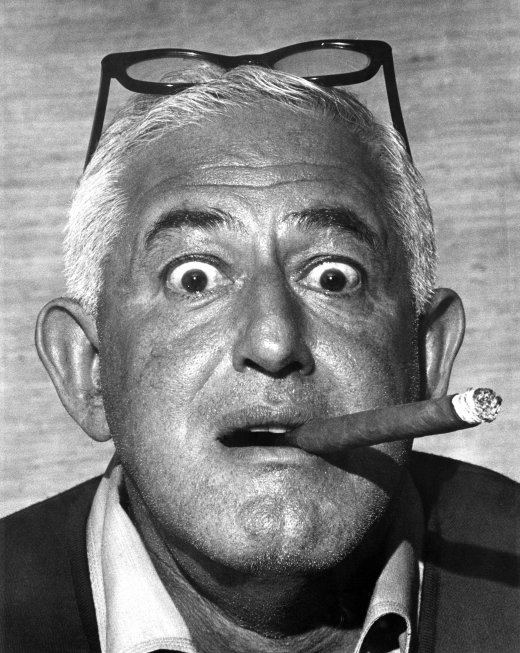 | ||
Full Name William Schloss, Jr. Spouse Ellen Castle (m. 1948–1977) Children Terry Castle, Georgiana Castle Parents Saidie Snellenberg, William Schloss Movies House on Haunted Hill, The Tingler, Homicidal, Mr Sardonicus, 13 Ghosts Similar People Vincent Price, Robb White, Carol Ohmart, Joan Crawford, Sam Katzman | ||
William castle discussion historic hollywood november 22nd 2015
William Castle (April 24, 1914 – May 31, 1977) was an American film director, producer, screenwriter, and actor.
Contents
- William castle discussion historic hollywood november 22nd 2015
- William castle s homicidal theatrical trailer
- Personal life
- Getting started
- Columbia Pictures and other studios
- On his own the gimmicks
- Rosemarys Baby
- Death
- Legacy
- As writer
- References
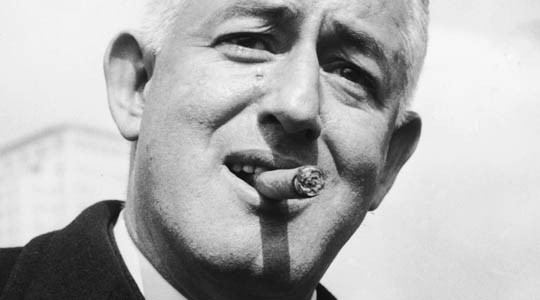
Orphaned at 11, Castle dropped out of high school at 15 to work in the theater. He came to the attention of Columbia Pictures for his talent for promotion, and was hired. He learned the trade of filmmaking and became a director, acquiring a reputation for the ability to churn out competent B-movies quickly and on budget. He eventually struck out on his own, producing and directing thrillers which, despite their low budgets, were effectively promoted with gimmicks, a trademark for which he is best known. He was also the producer for Rosemary's Baby.

William castle s homicidal theatrical trailer
Personal life
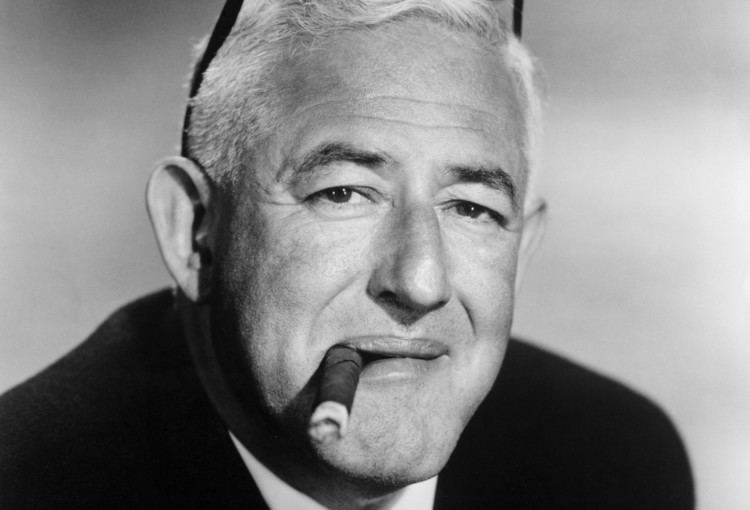
Castle was born William Schloss, Jr. in New York City, the son of Saidie (Snellenberg) and William Schloss. His family was Jewish. ("Schloss" is German for "castle", and Castle later translated his surname into English as his pseudonym.) His mother died when he was nine. When his father followed a year later, he was left an orphan at the age of 11. He then lived with his older sister.
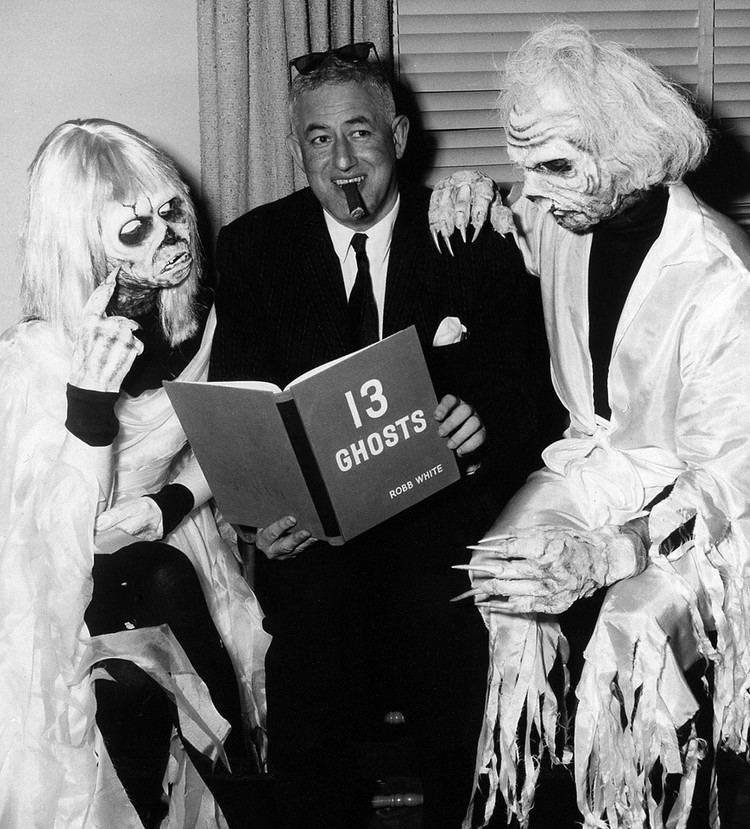
Castle married Ellen Falck, with whom he had two children.
Getting started
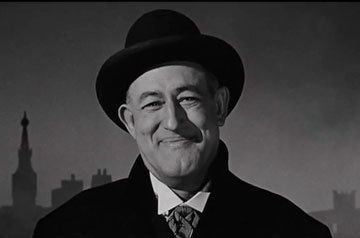
At 13, he went to see the play Dracula, starring Bela Lugosi, and was entranced. He watched performance after performance, eventually managing to meet Lugosi himself. He wrote in his autobiography Step Right Up! I'm Gonna Scare the Pants off America, "I knew then what I wanted to do with my life – I wanted to scare the pants off audiences." Lugosi recommended him for the position of assistant stage manager for the road company tour of the play. The 15-year-old dropped out of high school to take the job. He spent his teenage years working on Broadway in jobs ranging from set building to acting. This proved good training for the future filmmaker.
He obtained Orson Welles' telephone number and persuaded Welles to lease him the Stony Creek Theatre in Connecticut. (Welles was leaving to begin filming Citizen Kane.) He hired German actress Ellen Schwanneke; upon learning that, under then-current theater guild regulations, German-born actors could only appear in plays originally performed in Germany, Castle claimed he had hired her for the non-existent play Das ist nicht für Kinder (Not for Children); Castle spent the following weekend writing the play and having it translated into German. When Nazi Germany sent Schwanneke an invitation to a Munich performance, Castle seized the opportunity for an outrageous publicity stunt. He released to the newspapers what he claimed was a telegram he had sent turning down the request, portraying his star as "the girl who said no to Hitler". To add to the sensationalism, he secretly vandalized the theatre and painted swastikas on the exterior. It worked. The resulting publicity ensured the success of the play (which he had written in 48 hours).
Columbia Pictures and other studios
He left for Hollywood at 23, to work for Harry Cohn at Columbia Pictures. In the 2007 documentary Spine Tingler! The William Castle Story, his daughter states he had a dynamic, outgoing personality that attracted others. He was one of the few people Cohn liked. He learned the film business, and graduated to directing inexpensive B-movies, the first being the appropriately named The Chance of a Lifetime, released in 1943. He directed four movies in The Whistler series. Castle gained a reputation for being able to make films under budget and quickly. In addition, he worked as an associate producer on Orson Welles's film noir The Lady from Shanghai (1947), doing much second unit location work.
On his own: the gimmicks
Ambitions unsatisfied, Castle began to make films independently. The inspiration of the 1955 French psychological thriller Les Diaboliques set the genre he would choose. He financed his first movie, Macabre (1958), by mortgaging his house. He came up with the idea to give every customer a certificate for a $1,000 life insurance policy from Lloyd's of London in case they should die of fright during the film. He stationed nurses in the lobbies with hearses parked outside the theaters. Macabre was a hit.
Other films (and gimmicks) followed:
William Castle simply went nuts. He came up with "Coward's Corner," a yellow cardboard booth, manned by a bewildered theater employee in the lobby. When the Fright Break was announced, and you found that you couldn't take it anymore, you had to leave your seat and, in front of the entire audience, follow yellow footsteps up the aisle, bathed in a yellow light. Before you reached Coward's Corner, you crossed yellow lines with the stenciled message: "Cowards Keep Walking." You passed a nurse (in a yellow uniform?...I wonder), who would offer a blood-pressure test. All the while a recording was blaring, "Watch the chicken! Watch him shiver in Coward's Corner!" As the audience howled, you had to go through one final indignity – at Coward's Corner you were forced to sign a yellow card stating, "I am a bona fide coward."
In a trailer for the film, Castle explained the use of the Coward's Certificate and admonished the viewer to not reveal the ending to friends "or they will kill you. If they don't, I will."
At the height of his popularity, Castle had a fan club with 250,000 members.
Rosemary's Baby
According to Spine Tingler! The William Castle Story, he mortgaged his home (again) and obtained the movie rights to the Ira Levin novel before it was published, hoping to finally direct a prestigious A movie himself. He made a deal with Paramount Pictures which, however, insisted on hiring director Roman Polanski. Castle had to settle for producing the film. He had a cameo, playing the grey-haired man standing outside the phone booth where Rosemary, played by Mia Farrow, is attempting to get in touch with the obstetrician.
Castle was unable to build on the film's success. He suffered kidney failure soon after its release. By the time he recovered, all momentum was lost, and he went back to making B movies. His most significant acting role was also his last—as the director of the doomed "Waterloo" epic in The Day of the Locust in 1975.
Death
Castle died on May 31, 1977 in Los Angeles, California, of a heart attack. He is interred in the Forest Lawn Memorial Park Cemetery in Glendale, California.
Legacy
Among his admirers is filmmaker John Waters, who wrote, "William Castle was my idol. His films made me want to make films ... William Castle was God." He is Robert Zemeckis' "favorite filmmaker". Zemeckis co-founded Dark Castle Entertainment, which was intended to remake Castle's films.
Two of his films were remade by his daughter Terry Ann Castle, who co-produced House on Haunted Hill in 1999, and Thirteen Ghosts in 2001 (the latter retitled Thir13en Ghosts).
Alfred Hitchcock decided to make Psycho after noting the financial success of 1950s B movies by Castle and Roger Corman.
A documentary focusing on Castle's life, Spine Tingler! The William Castle Story, directed by Jeffrey Schwarz, premiered at AFI Fest 2007 in Los Angeles on November 8, 2007. It won the Audience Award for Best Documentary.
The protagonist in the 1993 film Matinee, played by John Goodman, is based on him.
John Waters portrays Castle in the episode "Hagsploitation" in the first season, Bette and Joan, of the FX television anthology series Feud, depicting the notorious rivalry between Bette Davis and Joan Crawford through the production and aftermath of What Ever Happened to Baby Jane?. Waters as Castle appears onstage at an Oklahoma theater in 1964, exuberantly introducing a screening of Strait-Jacket, while Jessica Lange as Crawford in a blood red evening gown proceeds down the aisle, wincing and wielding an axe past hooting teenagers, before pursuing Castle behind a backlit scrim to "decapitate" him in silhouette.
